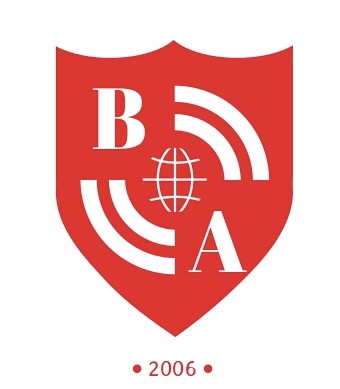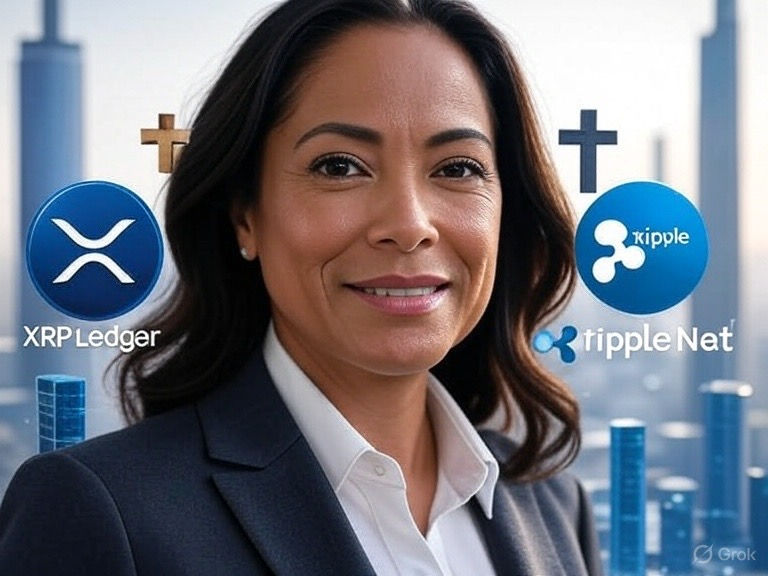Why Ethereum Layer 2 Scaling Solutions?
- Business Anthropology

- Dec 17, 2022
- 4 min read

There have been 3 major events in the World of Web 3. The first was in 2009 with the advent of Bitcoin and the Nakamoto Consensus. This solved the Byzantine Generals Problem of multiple parties coming to a consensus state without using a centralized authority. Bitcoin made decentralized transacting possible in the digital realm for the first time.
The second major event was the creation of Ethereum and “Smart Contracts.” Being able to program money to have more functions than merely “send” and “receive;” this created a new asset of programmable money or “smart money.” Ethereum was launched in 2015 and with it has come new thought paradigms to digital asset landscapes.
The newest and third major event can most accurately be described as a revolution. This movement is an array of “scalability solutions” created to solve problems the base Layer 1s haven’t been able to. L2s are the next great technological advancement in crypto because they take the existing technology and add new functionality. L2 solutions range from state channels, sidechains, Optimistic rollups and ZK rollups; and all are battling for dominance in this space.
Ethereum is currently the gold standard of mass-adopted Smart Contract platforms, however the base layer has fallen short in terms of efficiency, effectiveness and ease of use. Decentralization determined the way the protocol was built. Scalability facilitates progress without compromising decentralization or security.
As the most popular blockchain development platform, Ethereum hosts the largest number of decentralized apps (DApps). Ethereum has a massive online community and a beloved co-founder in that of Vitalik Buterin. Ethereum as a Layer 1 is a 2nd Generation Blockchain technology very different from and improving upon the many limitations of Bitcoin technology.
Ethereum does have some limitations which created opportunities to find solutions and answers. Layer 2 Scaling Solutions in short made and make Ethereum “better.” They solve many concerns individuals have/had regarding the Ethereum blockchain. It is important to keep in mind that not all Layer 2s are equal, but some of the benefits they try to provide are:
✔️ They increase Ethereum’s throughput (transactions per second).
✔️ They decrease verification latency (the time a transaction takes to be confirmed).
✔️ They significantly reduce transaction (gas) fees.
✔️They ensure a high level of security by relying on the security of the Ethereum blockchain.
“Rollups” are solutions that execute transactions outside of Ethereum Mainnet and send transaction data back to the Mainnet once finished. In other words, rollups off-load the transaction volume from the blockchain itself and execute transactions in a separate chain.
Rollup based L2 solutions have many benefits. Some examples are higher tps and lower transaction fees. The current Ethereum blockchain can handle 15–45 transactions per second. L2 scaling solutions move this number to 1000–4000tps. With the introduction of ETH 2.0, Ethereum blockchain is expected to handle around 100,000 transactions per second. More tps means less network congestion.
Another benefit: faster transaction confirmation. The main idea behind rollups is to off-load the transaction volumes from the main blockchain and process them in another layer. Rollups implement smart contracts in Layer 1 and are responsible for deposits, withdrawals and verifying transactions. (The transaction confirmation can also happen in batch mode.) Lastly, rollups rely on the security of the Ethereum blockchain and as a result are believed to be more secure.
Rollups aren’t all rainbows and unicorns. There are some challenges. Some challenges are: Composability: to compose a transaction that uses multiple protocols (Uniswap, Synthetic, etc.) on the same rollup; Fractured liquidity: lower liquidity, higher slippage and worse trade execution; Threat to sidechains: higher fees compared to sidechains. With that said, in general, rollups/L2 scaling solutions are considered to be exceptional solutions for improving scalability, security and the decentralization of blockchains when utilized effectively.
One type of rollup uses fraud proofs and is called an Optimistic rollup. The main idea behind fraud proofs is to send minimum data to Layer 1 and assume (optimistically) that it is correct. In case the transaction is valid, the blockchain does not need to do anything. If it is invalid, it has to identify it, roll back the state, and penalize the sender.
For achieving this, a “dispute resolution system” is used. It detects fraud activities, verifies fraud proofs, and disincentivizes bad actors. To prevent the bad actors from spamming the network, the senders also have to provide a bond (usually in the form of ETH). In case a fraud activity is detected in Layer 1, this bond will be slashed as a penalty.
In Optimistic rollups, long withdrawal periods (even weeks) are expected. This is mainly because all network participants have to send the proofs before finalizing a transaction in Layer 1. On the other hand, Optimistic rollups are popular between developers because the technology uses all the existing Ethereum tech stacks with little to no modifications. ZK rollups (Zero Knowledge rollups) are Ethereum smart contracts that expand the network by executing numerous transactions off the main blockchain. ZK rollups function by aggregating or “rolling up” hundreds of off-chain transfers into a single transaction. It then returns to the main chain with a SNARK (short non-interactive argument of knowledge) as evidence of validity. This ensures that instead of hefty transaction data, only the validity proof has to be kept on the main Ethereum network, making ZK rollups a faster and cheaper way to confirm transactions. Zero-knowledge techniques are mathematical approaches for verifying things without disclosing or sharing the underlying facts.
When thinking about rollups, one must think about what functionality they are looking for/desire. The functionality determines what solution is best. ZK rollups seem to be the more popular option at this time. Some examples and news outside of the Polygon and Ethereum tag-team industry leaders are: Arbitrum, an Optimistic rollup being used by Binance. Arbitrum has also been chosen by Reddit for their upcoming token. StarkWare, a ZK rollup being used by dYdX (a derivative exchange) and ImmutableX for their NFTs. LoopRing is being utilized with Matter Lab's zkSync. Outside of Ethereum, Cosmos/ATOM has an L2 launching called Celestina.



Comments